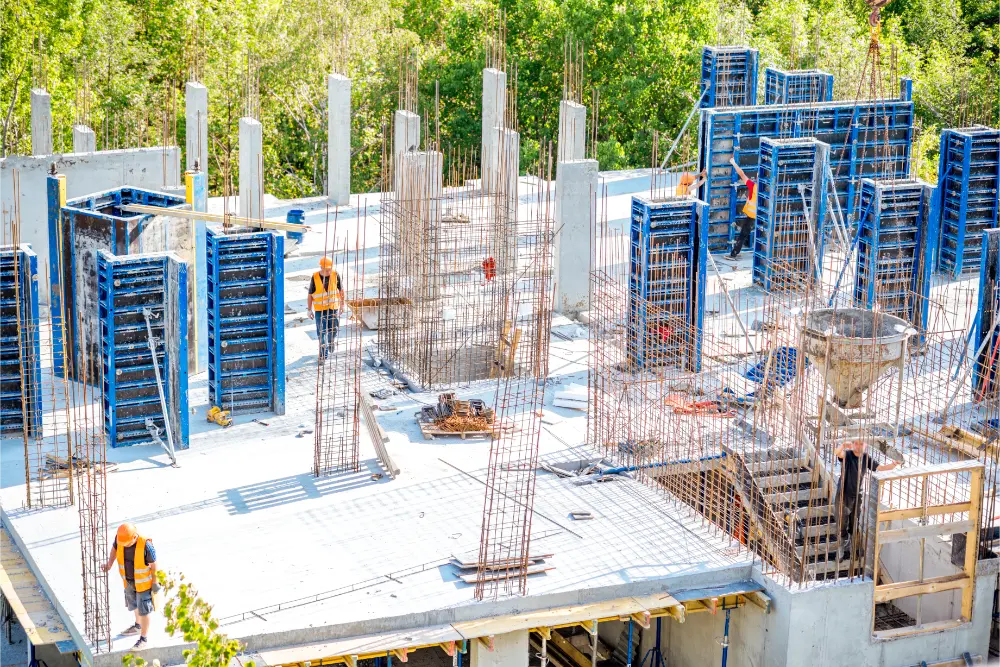Principles and Applications of Soil Mechanics in Foundation Design and Construction

Soil mechanics plays a pivotal role in the field of foundation engineering, providing the essential knowledge to design stable and safe foundations for a wide array of structures. Understanding the behavior of soil under various loads enables engineers to choose the appropriate foundation type and ensure long-lasting performance. This article explores the fundamental principles of soil mechanics and their applications in modern foundation design and construction.
Importance of Soil Mechanics in Foundation Engineering
At its core, soil mechanics focuses on studying the physical properties and behavior of soil, which is the primary supporting medium for any structure. A geotechnical engineer must analyze soil characteristics such as strength, compressibility, permeability, and shear resistance to predict how soil will respond to structural loads.
These principles directly influence:
- Bearing capacity of the soil
- Settlement estimation
- Stability against sliding and overturning
- Drainage and seepage control during excavation
Failing to account for these factors often results in costly structural failures or excessive maintenance.
Geotechnical Investigations for Foundation Design
Before starting any foundation engineering project, comprehensive geotechnical investigations are mandatory. These investigations include soil sampling, laboratory testing, and on-site field tests such as:
- Standard Penetration Test (SPT)
- Cone Penetration Test (CPT)
- Soil moisture and density analysis
Data collected helps to classify soils (sandy, clayey, silty, etc.) and determine their load-bearing capabilities, directly informing the choice of the foundation type.
Selecting the Correct Foundation Type
The choice of a foundation depends heavily on the soil conditions and the structural loads. Common structural foundations include:
- Shallow foundations: Spread footings, mat foundations, and raft foundations applied where suitable soil exists close to the surface.
- Deep foundations: Piles and drilled shafts used when the upper soil strata cannot sustain structural loads.
A geotechnical engineer assesses soil parameters to recommend whether a shallow foundation suffices or if deeper, more robust foundations are needed. This decision affects construction cost, time, and long-term safety.
Role of Foundation Engineering in Excavation and Construction
Proper foundation engineering is not limited to design but extends to site preparation and construction methods. During excavation, soil stability and slope safety must be ensured to prevent cave-ins and hazards.
Key practices include:
- Soil stabilization techniques
- Dewatering systems to keep excavation dry
- Temporary shoring and bracing
These measures protect workers and maintain the integrity of adjacent structures.
Advanced Applications in Foundation Engineering
Modern advances in soil mechanics have led to innovative solutions like ground improvement techniques, soil reinforcement, and geosynthetics usage. These approaches enhance soil properties and open new possibilities for challenging construction sites.
Additionally, computational modeling tools enable geotechnical engineers to predict soil-structure interaction with higher accuracy, optimizing foundation design efficiency.
Learn More About Foundation Engineering
For professionals and students interested in deepening their understanding of foundation engineering, exploring resources dedicated to both theory and practical application is invaluable. A comprehensive overview can be found at Newspeak Foundation Engineering.
Conclusion
In summary, the principles of soil mechanics are fundamental to successful foundation design and construction. Accurate geotechnical analysis, careful selection of foundation type, and effective excavation practices collectively contribute to building safe and durable structures. For anyone involved in civil engineering or construction, mastering these concepts is essential.
Take the next step and explore in-depth resources to enhance your expertise in foundation engineering and contribute to building resilient infrastructure!
For more detailed insights on foundation engineering, visit Newspeak Foundation Engineering.